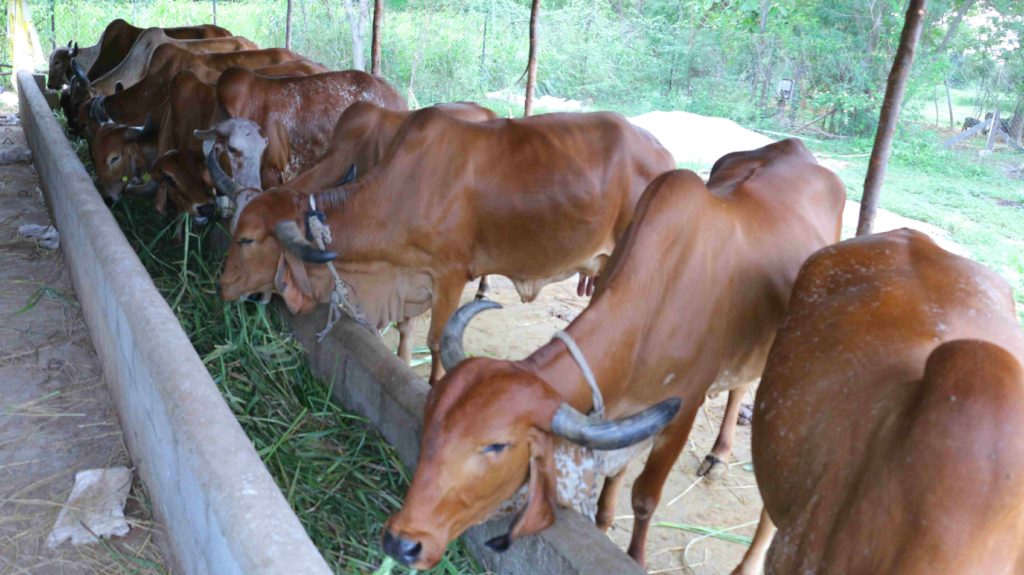At the height of the pandemic, 30-year-old Varun Patel found himself exploring food in a completely different way. He stopped ordering in, ditched packaged foods and, for the first time, started paying attention to things like ghee and raw turmeric. He started procuring products from sustainable sources and soon found like-minded friends who wanted to buy the forest honey and raw turmeric pickle from village cooperatives that he had discovered with the help of his aunt.
“Every Single person I know has either dramatically improved their eating habits or gone n the other direction and then slowly realised that they don’t have a choice but to eat more healthy” Says Patel an Actor. “Crisis expedites the inevitable and a move towards healthy living had to happen.”
Thanks to the confounding nature of the pandemic as well as having time on hand, many young people have rediscovered old-fashioned Indian superfoods that were once routine sources of nourishment, but got side-lined over the years. Many like Patel are now extolling the power of ghee and giloy in place of protein supplements and immunity booster pills.“We have such great ingredients in our backyard,” says 28 year-old Rohit Mehra, a theatre trainer. “I recently picked up on the fact that you don’t need fancy and expensive probiotics because we have our good old kaanji and neera for ten rupees.
Nutrition experts say that they have long been advocating traditional kitchen remedies and now people — especially younger folk — are paying attention, partly because these are so inexpensive. Gut health coach Payal Kothari says this is a no-brainer for young people who have been out of jobs and work. “Post pandemic, people have become conscious of over-spending and if a teenager says I want a nutritionist, her parents may think twice,” says Kothari, who helps people reboot their gut using traditional home remedies with simple basics like garlic, ginger, fermented rice and herbal teas. “People are much more open to understanding that home remedies work the best and that the results are not just temporary, but rather, get to the root of the problem.”Holistic lifestyle coach Luke Coutinho, who regularly advocates the long-forgotten basics, says, “We have complicated nutrition and healthy eating, way too much today. We equate healthy eating with expensive, out of budget and difficult. However, it doesn’t have to be that way. Eating clean doesn’t have to mean adding more and more exotic foods to the plate. Some of the most powerful foods are available in our own country and probably are already lying in our kitchen,” citing simple things like haldi doodh or moringa.

Sellers, from the local kirana shop to online brands have changed their stocks to meet these new demands. Near Store, an online marketplace which connects local corner stores with customers, found people searching for items like amla, ginger, neem and turmeric from their local suppliers more than ever before. Ghee has become a buzzword and someone even launched a strawberry-flavoured ghee spread to replace butter, says Ashish Kumar of Near Store. There were palpable shifts in buying patterns. For example, he found that organic rice gave way to brown rice, then red rice, and even black rice. In dairy, everyone started looking for A2 certification (which means that the milk source is the humble Gir cow).
Packaged kadha mix and Chyawanprash toffee are among the hot selling items for a branded ayurvedic company that sells across India. “Our products are mostly available online, which suggests that there is a growing young population open to this, as the bulk of online consumers are of the ages of 24 to 40,” says Arjun Vaidya who runs an ayurvedic brand. “We found an uptake in ayurvedic consumption over the last few months and recently launched a range of ayurvedic juices.”
With people realising that just from eating home food, and relying on childhood kitchen remedies, they are looking fresher and younger and healthier. “I think this is going to be the new new thing,” says Patel.
